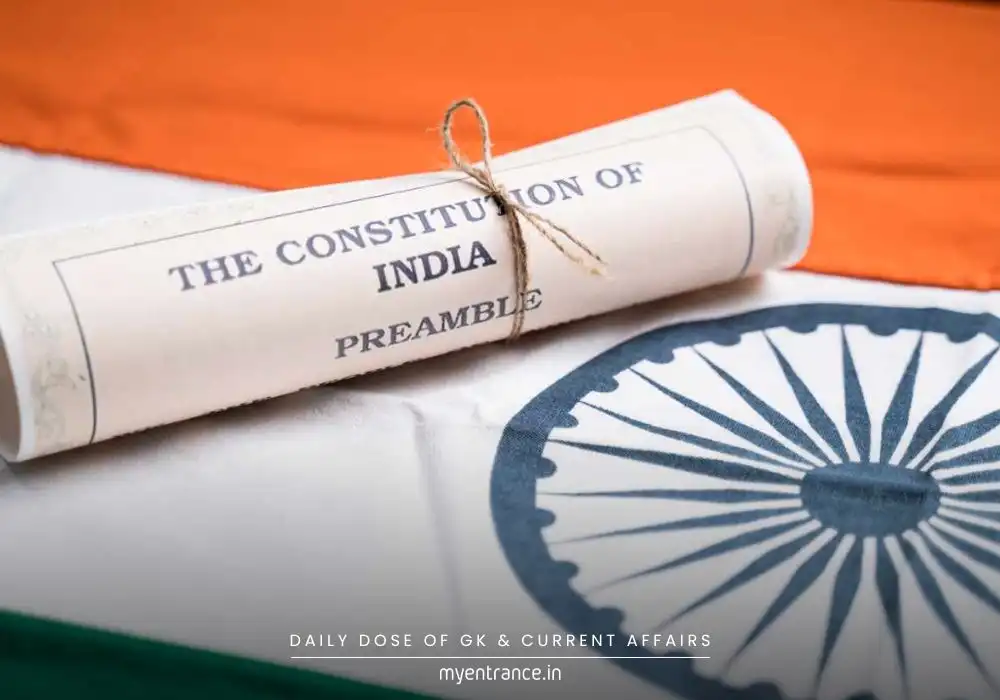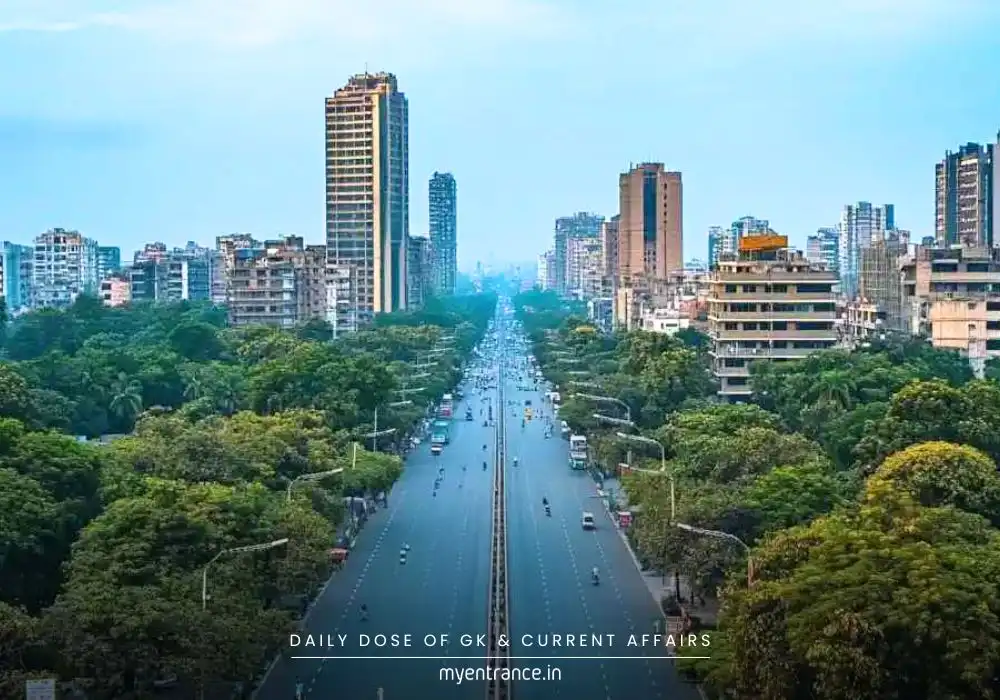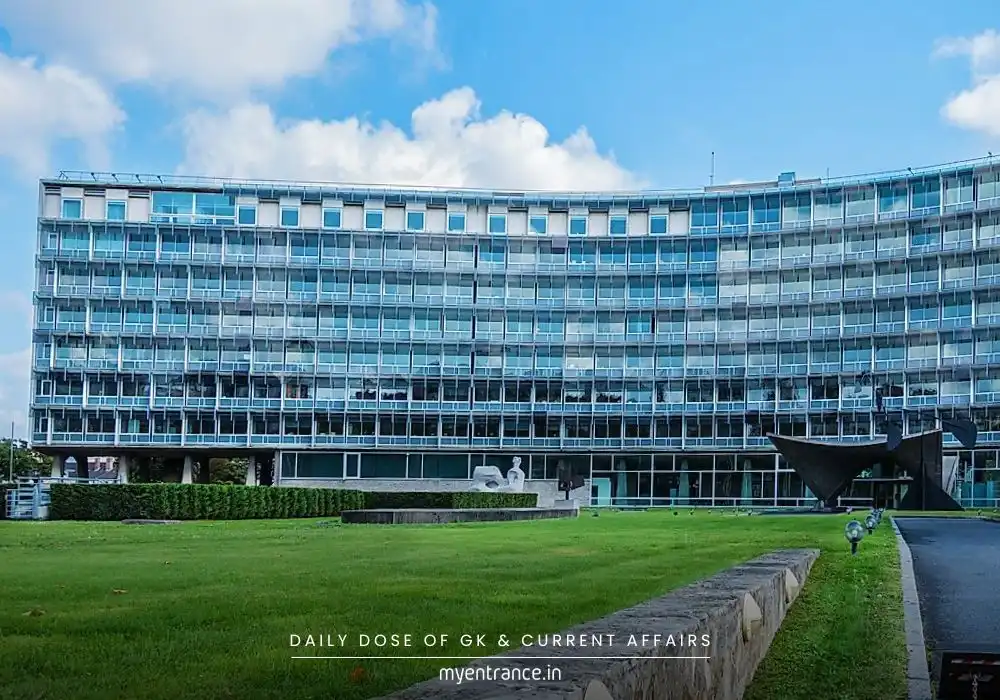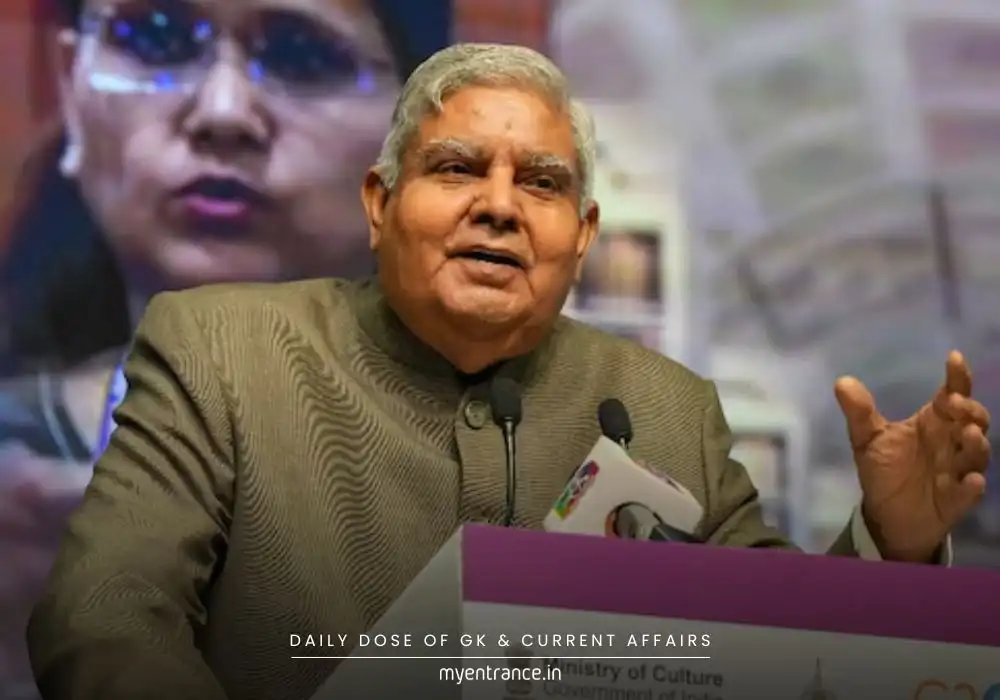Translate Language
Why Are 80% OBC and 83% ST Professor Posts Vacant in Central Universities?
A recent report presented in Parliament highlights a severe shortage of faculty members from reserved categories in central universities. Shockingly, 80% of OBC and 83% of ST professor posts remain vacant, raising concerns about the effectiveness of reservation policies in higher education.

High Vacancy Rates in Reserved Category Faculty Posts
The Indian government recently shared alarming data in the Rajya Sabha, revealing massive vacancies in faculty positions reserved for OBCs, SCs, and STs in central universities.
Professors:
OBC Category: Only 84 out of 423 sanctioned posts filled (80% vacant).
ST Category: Just 24 out of 144 positions occupied (83% vacant).
SC Category: 111 out of 308 posts filled (64% vacant).
General Category: 935 out of 1,538 positions filled (39% vacant).
Associate Professors:
ST Category: 108 out of 307 posts filled (65% vacant).
OBC Category: 275 out of 883 positions occupied (69% vacant).
SC Category: 308 out of 632 seats filled (51% vacant).
General Category: 2,533 out of 3,013 posts filled (16% vacant).
Assistant Professors:
Vacancies were relatively lower but still significant:
OBC: 23% vacant
ST: 15% vacant
SC: 14% vacant
Why Are So Many Posts Unfilled?
When questioned about the high number of candidates declared “Not Found Suitable” (NFS) in reserved categories, the government stated that no central data is maintained on NFS cases.
Recruitment is done through open advertisements, and selection committees decide candidate suitability.
Appointments are made only if suitable candidates are found, regardless of category.
The government claims that vacancies exist not due to discrimination but due to a lack of qualified applicants.
However, critics argue that systemic issues, such as fewer candidates from reserved categories reaching higher academic levels, may be contributing to the problem.
Questions & Answers Related to the Topic:
Q1: What percentage of OBC professor posts are vacant in central universities?
A1: 80% of OBC professor posts remain vacant, with only 84 out of 423 positions filled.
Q2: How does the ST category fare in faculty vacancies?
A2: The ST category has the highest vacancy rate (83%) for professors, with only 24 out of 144 posts filled.
Q3: Are general category faculty posts also vacant?
A3: Yes, 39% of general category professor posts are vacant, though this is lower than reserved categories.
Q4: Why are so many reserved category posts unfilled?
A4: The government claims it’s due to a lack of suitable candidates, but critics point to deeper systemic issues in higher education.
Q5: Does the government track how many candidates are rejected as “Not Found Suitable”?
A5: No, the government does not centrally maintain data on NFS candidates.
Why Is This Important for Your Exams?
This topic is crucial for competitive exams like UPSC, SSC, PSC, and KAS because:
✅ It highlights social justice and reservation policies in education—a key subject in GS and polity sections.
✅ Government data interpretation is often tested in current affairs and report-based questions.
✅ Understanding higher education challenges helps in essays and interviews.
✅ Questions on reservation policies and employment trends frequently appear in exams.
Stay updated with such reports to strengthen your current affairs preparation for upcoming exams!
Final Thoughts:
The huge vacancies in reserved faculty positions raise serious concerns about inclusivity in higher education. While the government attributes it to a lack of qualified candidates, deeper reforms may be needed to ensure fair representation.
For more exam-focused current affairs and mock tests, visit MyEntrance.in!
Get 3 Months Free Access for SSC, PSC, NIFT & NID
Boost your exam prep!
Use offer code WELCOME28 to get 3 months free subscription. Start preparing today!















